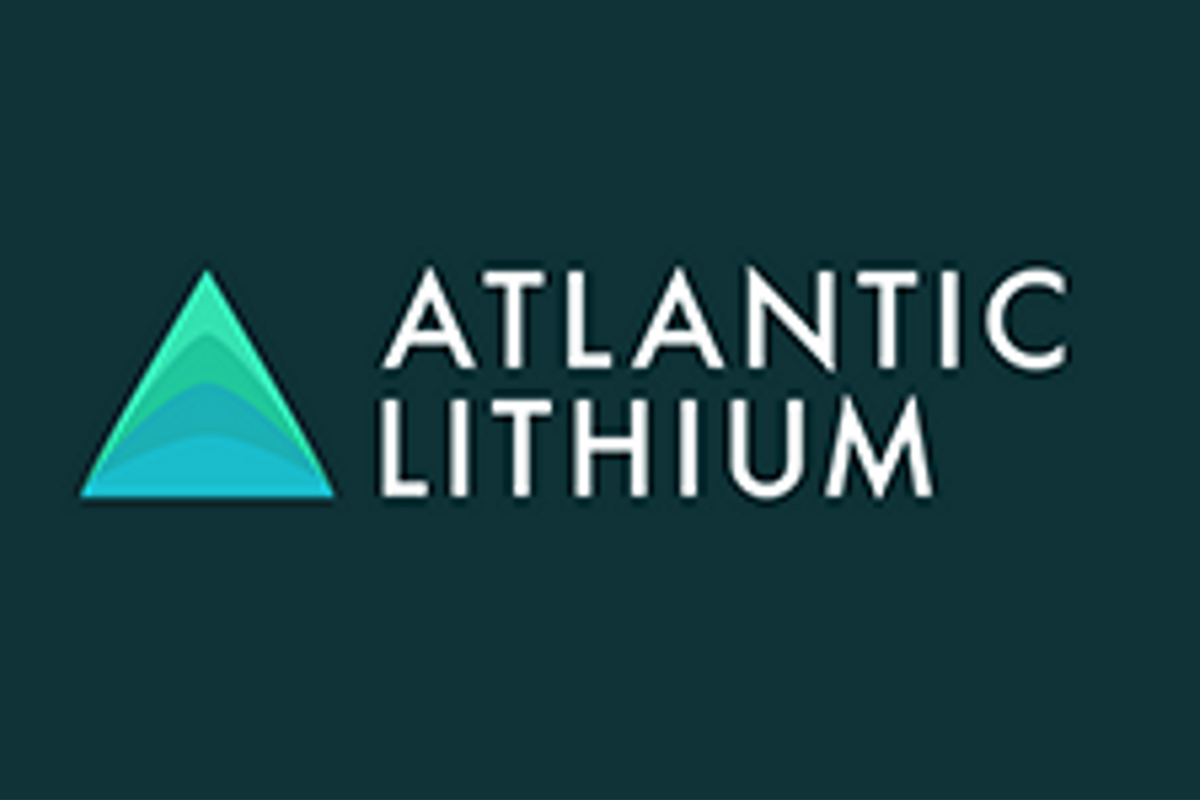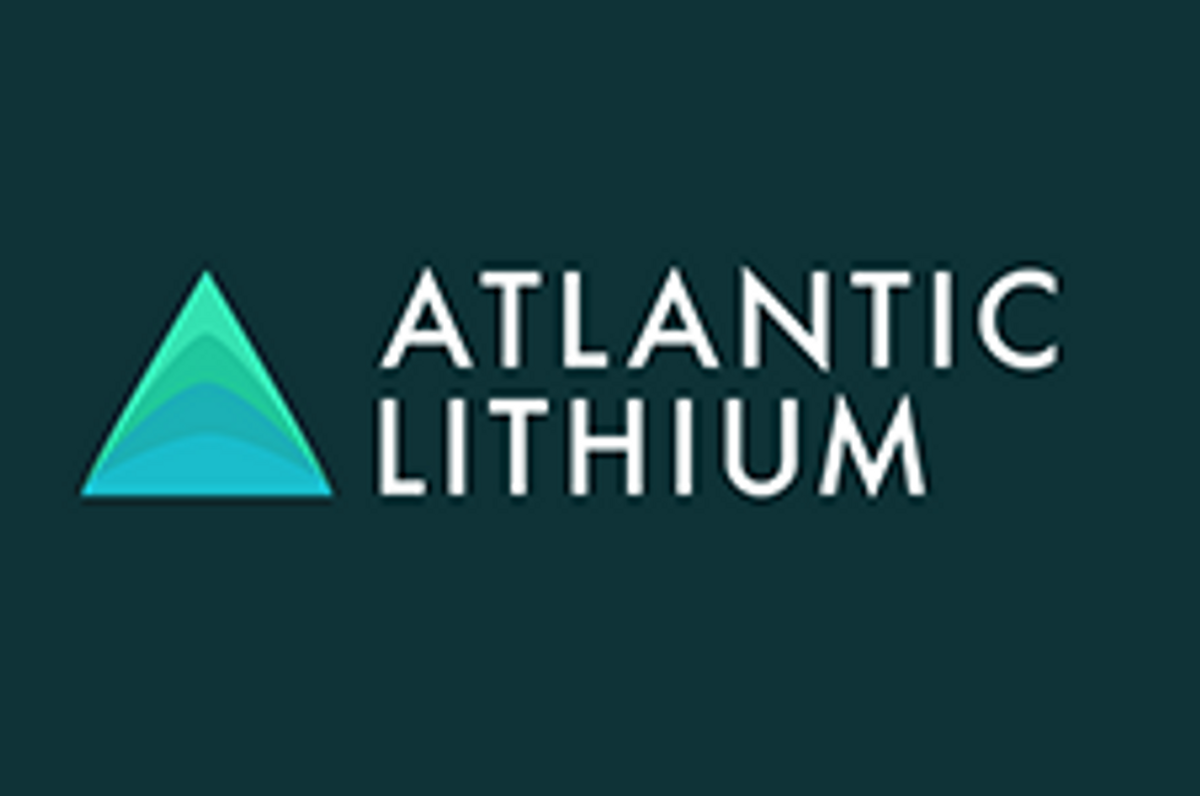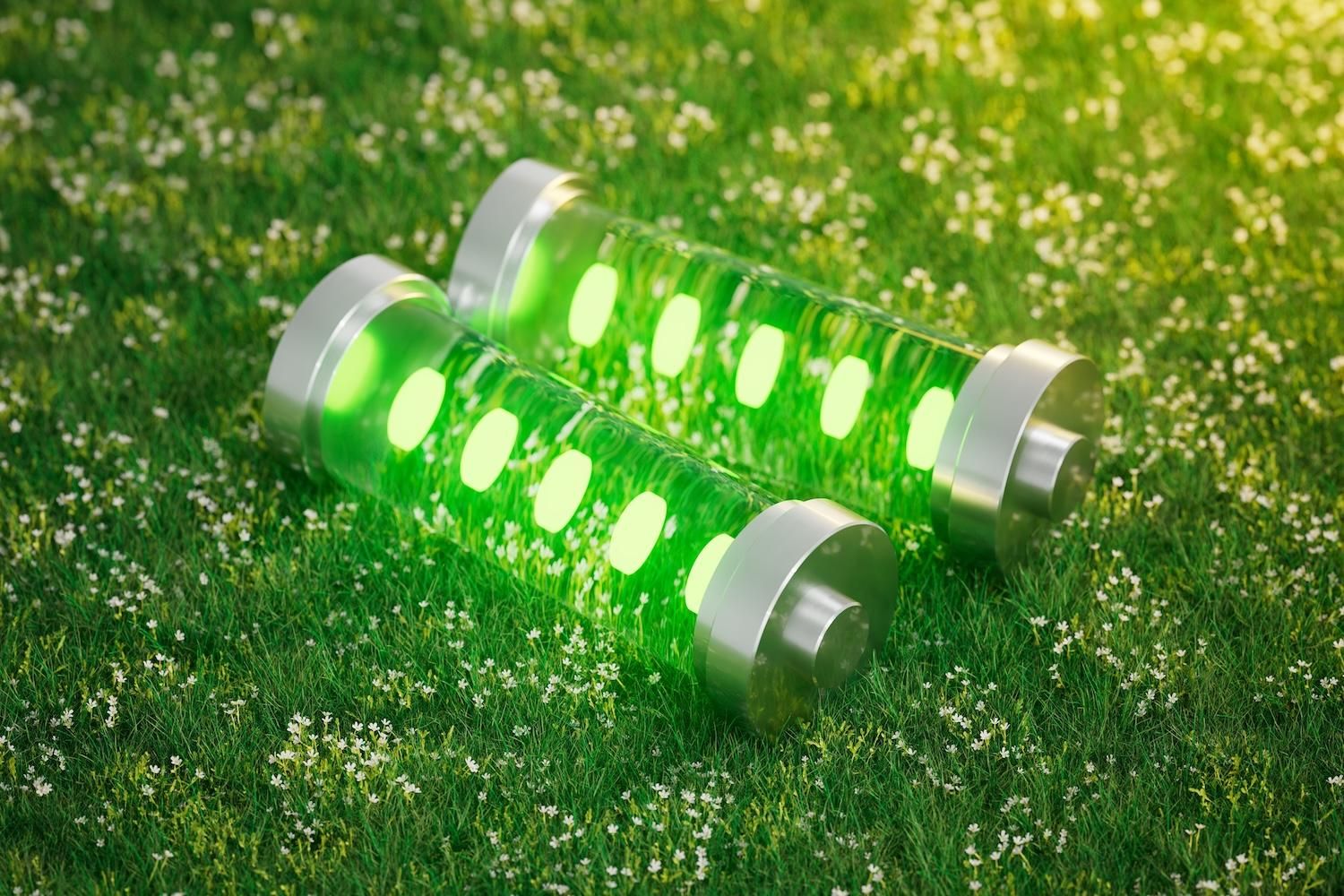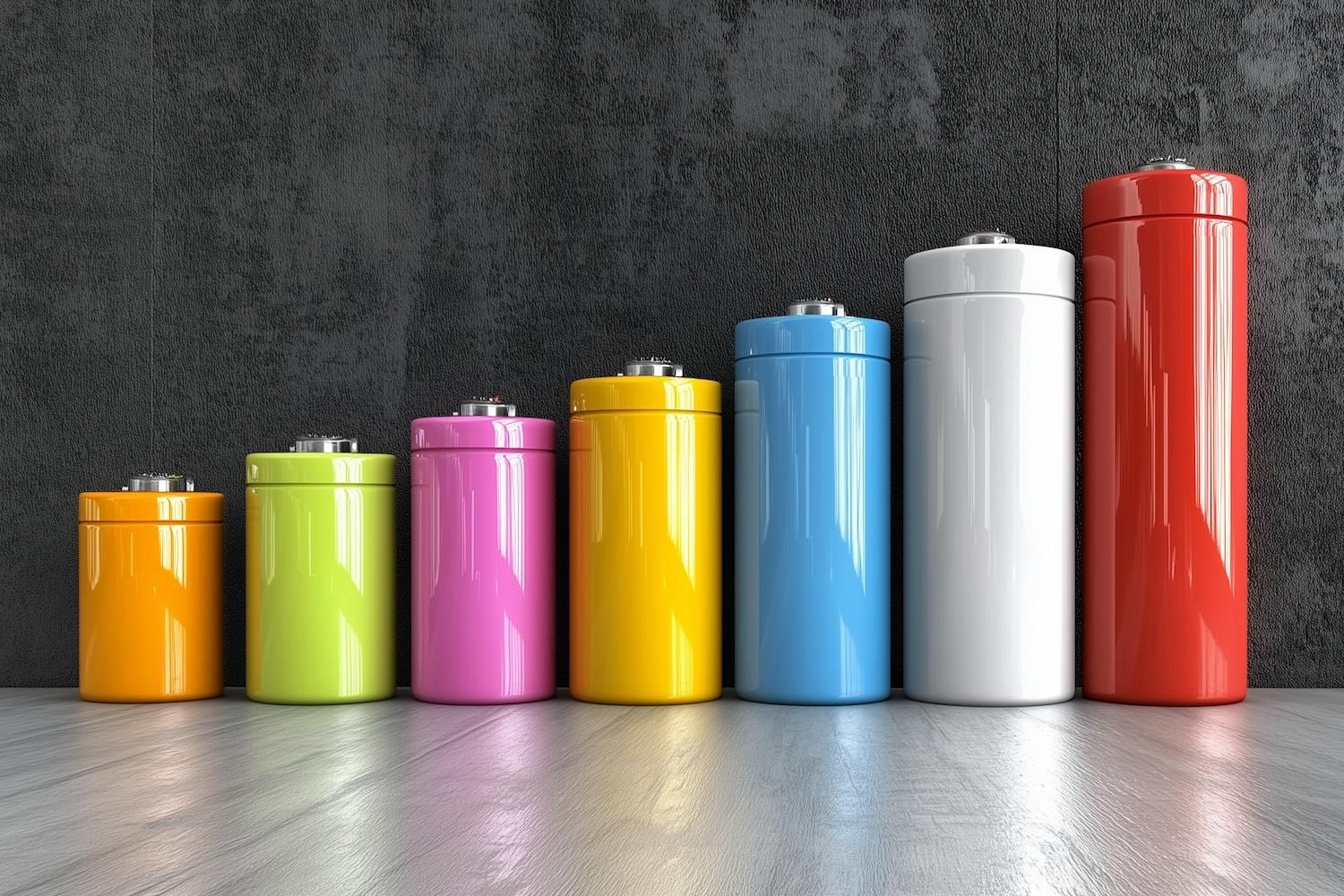
- WORLD EDITIONAustraliaNorth AmericaWorld
May 06, 2024
27m at 1.85% Li2O from 126m returned at Dog-Leg target, outside of current MRE1
Atlantic Lithium Limited (AIM: ALL, ASX: A11, OTCQX: ALLIF, “Atlantic Lithium” or the “Company”), the African-focused lithium exploration and development company targeting to deliver Ghana’s first lithium mine, is pleased to announce further broad and high-grade assay results from resource drilling completed at the Company’s flagship Ewoyaa Lithium Project (“Ewoyaa” or the “Project”) in Ghana, West Africa.
Highlights:
- Assay results received for 4,101m of extensional resource drilling at the Dog-Leg target and sterilisation reverse circulation (“RC”) drilling at the proposed plant site, respectively, representing the first results from drilling completed in 2024.
- High-grade and broad extensional drill intersections reported at the new Dog-Leg target, outside of the current 35.3Mt @ 1.25% Li2O JORC (2012) compliant Ewoyaa Mineral Resource Estimate1 (“MRE” or the “Resource”), including highlights at a 0.4% Li2O cut-off and a maximum 4m of internal dilution of:
- GRC0177: 27m at 1.85% Li2O from 126m
- GRC1059: 15m at 1.08% Li2O from 126m
- GRC1058: 8m at 0.93% Li2O from 88m
- Results at Dog-Leg are significant; drilling has intersected shallow dipping, near surface mineralised pegmatite bodies with true thicknesses up to 35m outside of the MRE1, proving potential for significant resource growth.
- Assay results reported include a total of 3,177m of plant site sterilisation drilling completed, as part of the planned 2024 programme, with no mineralisation intersected, providing confidence in the proposed plant site location.
- MRE upgrade, for both lithium and feldspar, to incorporate all drilling completed in 2023 and so far in 2024, now targeted for mid-year.
Commenting on the Company’s latest progress, Neil Herbert, Executive Chairman of Atlantic Lithium, said:
“Initial assay results from the drilling completed so far in 2024 have again delivered impressive intersections, providing confidence in the growth potential of the current 35.3Mt @ 1.25% Li2O Resource at the Ewoyaa Lithium Project.
“These results are from the new Dog-Leg target, located on the northern tip of the Ewoyaa Main deposit, outside of the current MRE, where drilling has returned multiple high-grade and broad near surface extensional intersections, including 27m at 1.85% Li2O from 126m in these most recent results.
“We look forward to receiving further drilling results from the diamond tail drilling completed at Dog-Leg and delivering a MRE upgrade for the Project, now targeted for mid-year. The MRE upgrade will include updates to both the lithium and feldspar and incorporate all results received from drilling completed in 2023 and results from drilling completed so far during 2024.
“Furthermore, assay results have confirmed no mineralisation has been intersected at the plant site sterilisation drilling programme, allowing us to continue with our mine site designs and permitting.
“We look forward to updating shareholders on our ongoing progress.”
Click here for the full ASX Release
This article includes content from Atlantic Lithium, licensed for the purpose of publishing on Investing News Australia. This article does not constitute financial product advice. It is your responsibility to perform proper due diligence before acting upon any information provided here. Please refer to our full disclaimer here.
A11:AU

Sign up to get your FREE
Atlantic Lithium Investor Kit
and hear about exciting investment opportunities.
- Corporate info
- Insights
- Growth strategies
- Upcoming projects
GET YOUR FREE INVESTOR KIT
The Conversation (0)
01 May
Atlantic Lithium
Building Ghana’s first lithium mine
Building Ghana’s first lithium mine Keep Reading...
26 November
Long State Funding Update
Atlantic Lithium (A11:AU) has announced Long State Funding UpdateDownload the PDF here. Keep Reading...
31 October
Quarterly Activities/Appendix 5B Cash Flow Report
Atlantic Lithium (A11:AU) has announced Quarterly Activities/Appendix 5B Cash Flow ReportDownload the PDF here. Keep Reading...
20 October
Pronounced Lithium-in-soil Anomalies
Atlantic Lithium (A11:AU) has announced Pronounced Lithium-in-soil AnomaliesDownload the PDF here. Keep Reading...
03 September
Corporate Funding Update
Atlantic Lithium (A11:AU) has announced Corporate Funding UpdateDownload the PDF here. Keep Reading...
31 July
Quarterly Activities/Appendix 5B Cash Flow Report
Atlantic Lithium (A11:AU) has announced Quarterly Activities/Appendix 5B Cash Flow ReportDownload the PDF here. Keep Reading...
05 December
Livium Receives A$663k in RsD Tax Incentive Rebates for VSPC
Livium Ltd (ASX: LIT) (“Livium” or the “Company”) advises that it has received A$663,000 in research and development ("R&D") tax incentive rebates from the Australian Tax Office for the 2025 financial year ("FY25"), relating to its wholly owned subsidiary VSPC Pty Limited ("VSPC"). The rebate... Keep Reading...
01 December
Why SQM Says Social Dialogue is Key to Sustainable Lithium
As scrutiny continues to intensify across the battery metals supply chain, the conversation around sustainability has moved far beyond carbon footprints. At this year’s Benchmark Week, Stefan Debruyne, director of external affairs at Sociedad Quimica y Minera de Chile (SQM) (NYSE:SQM), made that... Keep Reading...
27 November
Battery Storage Market Surging as Electricity Demand Enters New Era
Speaking at Benchmark Week, Iola Hughes, head of battery research at Benchmark Mineral Intelligence, outlined a market that is undergoing “very strong growth" and becoming indispensable to energy security.Hughes described energy storage as the fastest-growing segment in the battery sector today.... Keep Reading...
27 November
Inside Billionaire Gina Rinehart's Key Mining Investments
Australian billionaire Gina Rinehart has become a formidable force in the global mining industry. After taking the helm of her father’s iron ore firm Hancock Prospecting in 1993, she embarked upon a diversification strategy that has vastly expanded her resource empire. Now Australia’s richest... Keep Reading...
24 November
CATL Reportedly Plans to Restart Key Chinese Lithium Mine by December
Contemporary Amperex Technology (SZSE:300750,OTC Pink:CTATF) is preparing to restart its Jianxiawo lithium mine in Jiangxi province as soon as early December, sources familiar with the matter told Bloomberg.The sources, who declined to be named, said the company, better known as CATL, has asked... Keep Reading...
24 November
Liontown Resources’ Spodumene Auction Attracts Nine Countries
Liontown Resources (ASX:LTR,OTC Pink:LINRF) held its first digital spot sales auction for 10,000 wet metric tonnes of spodumene concentrate from its Kathleen Valley lithium operation in Western Australia.The auction, which attracted over 50 buyers from nine countries, was conducted on Metalshub,... Keep Reading...
Latest News

Sign up to get your FREE
Atlantic Lithium Investor Kit
and hear about exciting investment opportunities.
- Corporate info
- Insights
- Growth strategies
- Upcoming projects
GET YOUR FREE INVESTOR KIT
Latest Press Releases
Related News
TOP STOCKS
American Battery4.030.24
Aion Therapeutic0.10-0.01
Cybin Corp2.140.00







